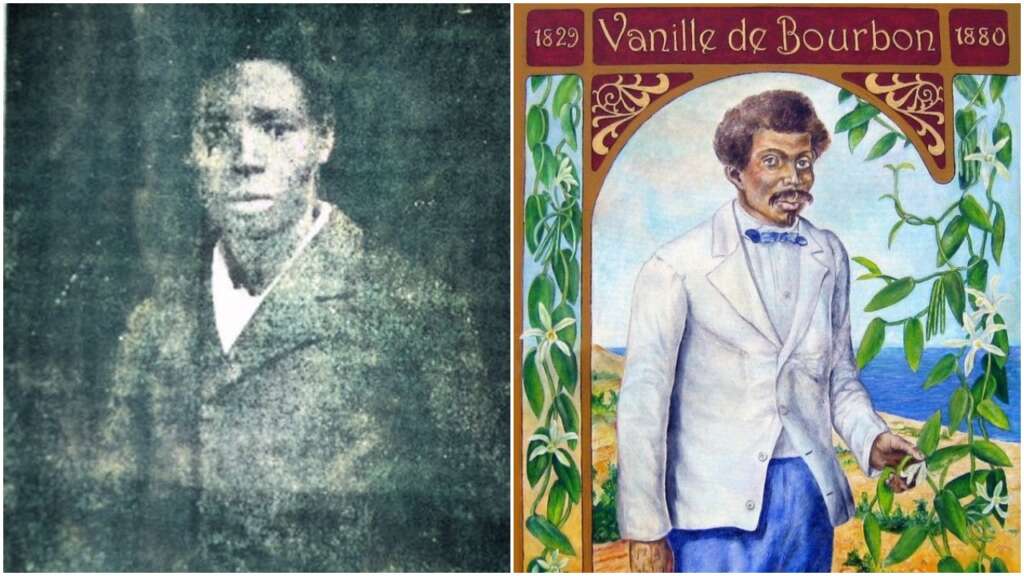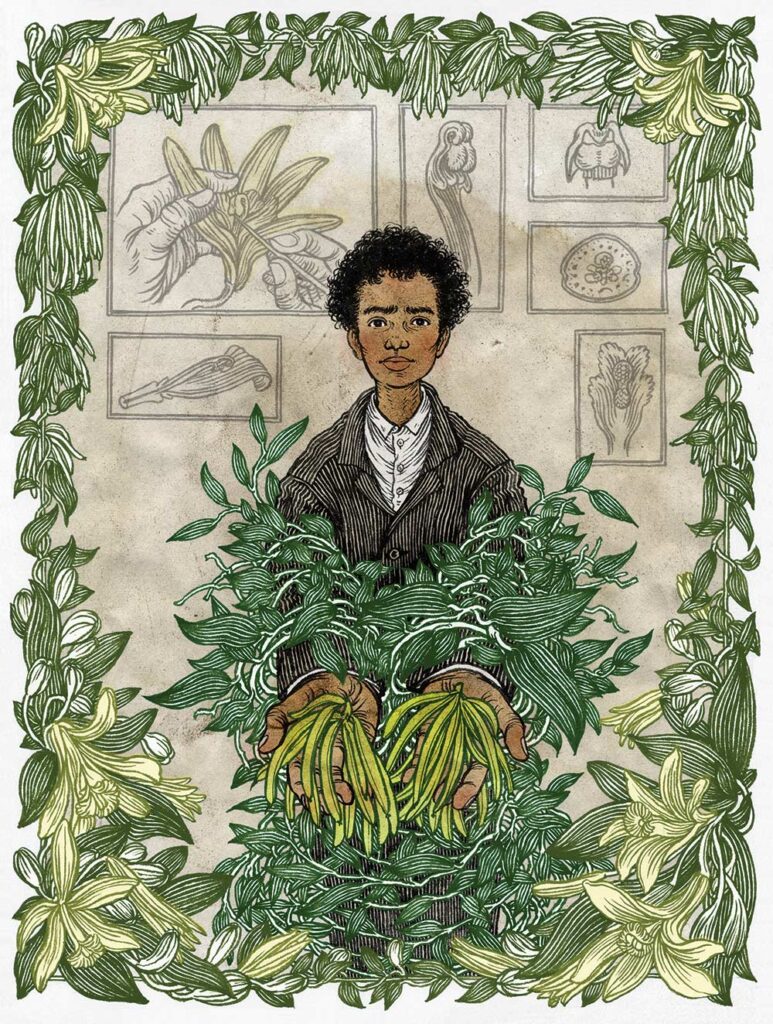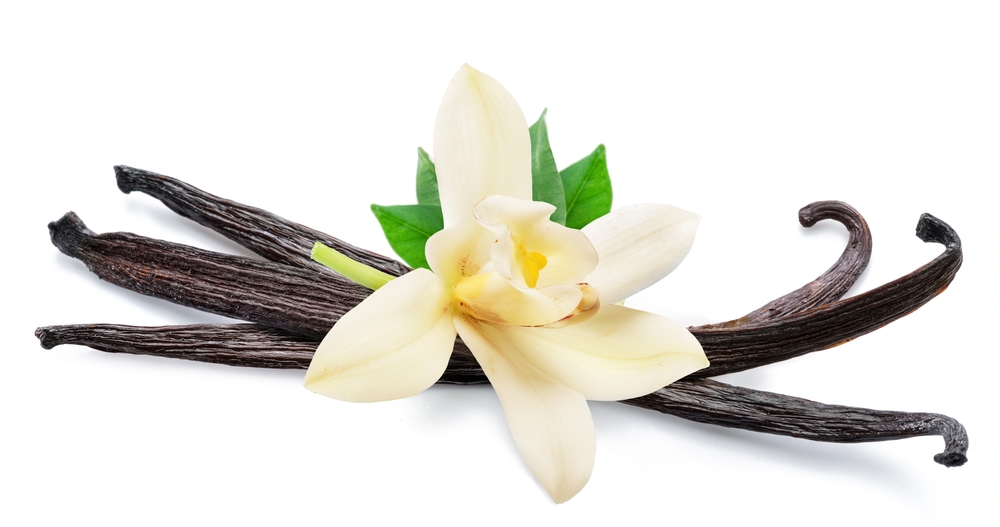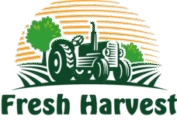History of Vanilla

Edmond Albius was just a 12-year-old enslaved boy without formal education in 1841. Despite this, he devised a groundbreaking method to pollinate vanilla orchids efficiently and profitably, solving a puzzle that had baffled leading botanists of the era. Without his innovation, vanilla would not have reached the level of popularity it enjoys today.
During the 1820s, French settlers introduced vanilla capsules to Reunion Island—where Albius was born in 1829, near Madagascar—and to Mauritius from Mexico. It soon became evident that, unlike in Mexico, where wild bees performed the task, no insect in this region was capable of pollinating vanilla orchids. In the 1830s, Belgian botanist Charles Morten created a manual pollination method, but it was labor-intensive and time-consuming.


At age 12, Albius used blades of grass or small wooden sticks to lift the flower’s lid and bend the male part, allowing the pollen to reach the female part. He then gently pressed with his thumb, successfully completing the pollination process. Though simple, his method revolutionized the industry and turned Reunion into a major global vanilla supplier.
Albius’ contributions to science remained unrecognized during his lifetime, and he died in poverty and obscurity. Only years after his passing was his work acknowledged and praised as a crucial advancement in botany. Even today, the Albius technique remains in use in Madagascar, the world’s largest vanilla producer.
